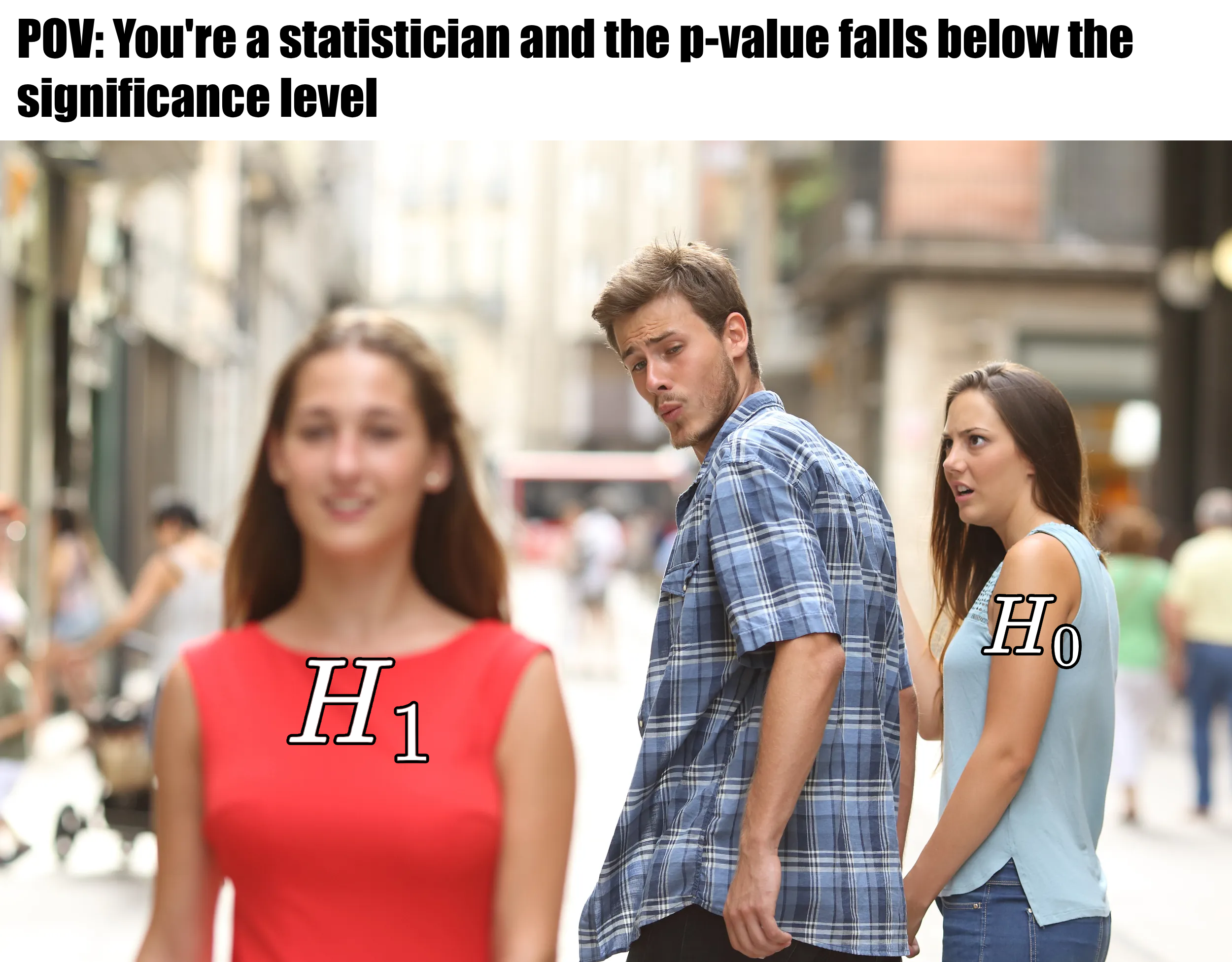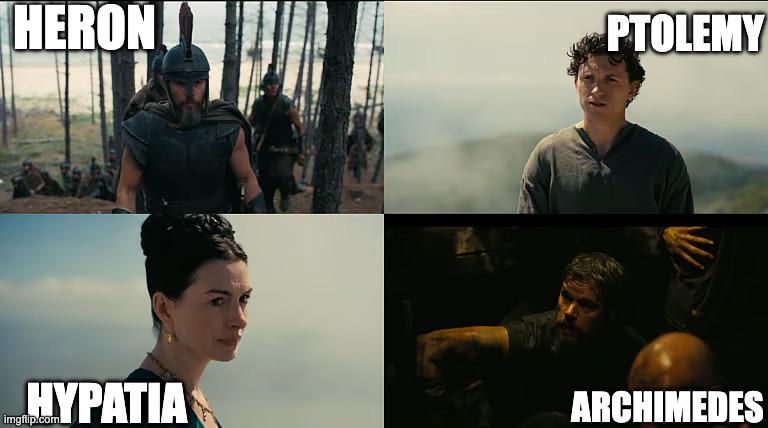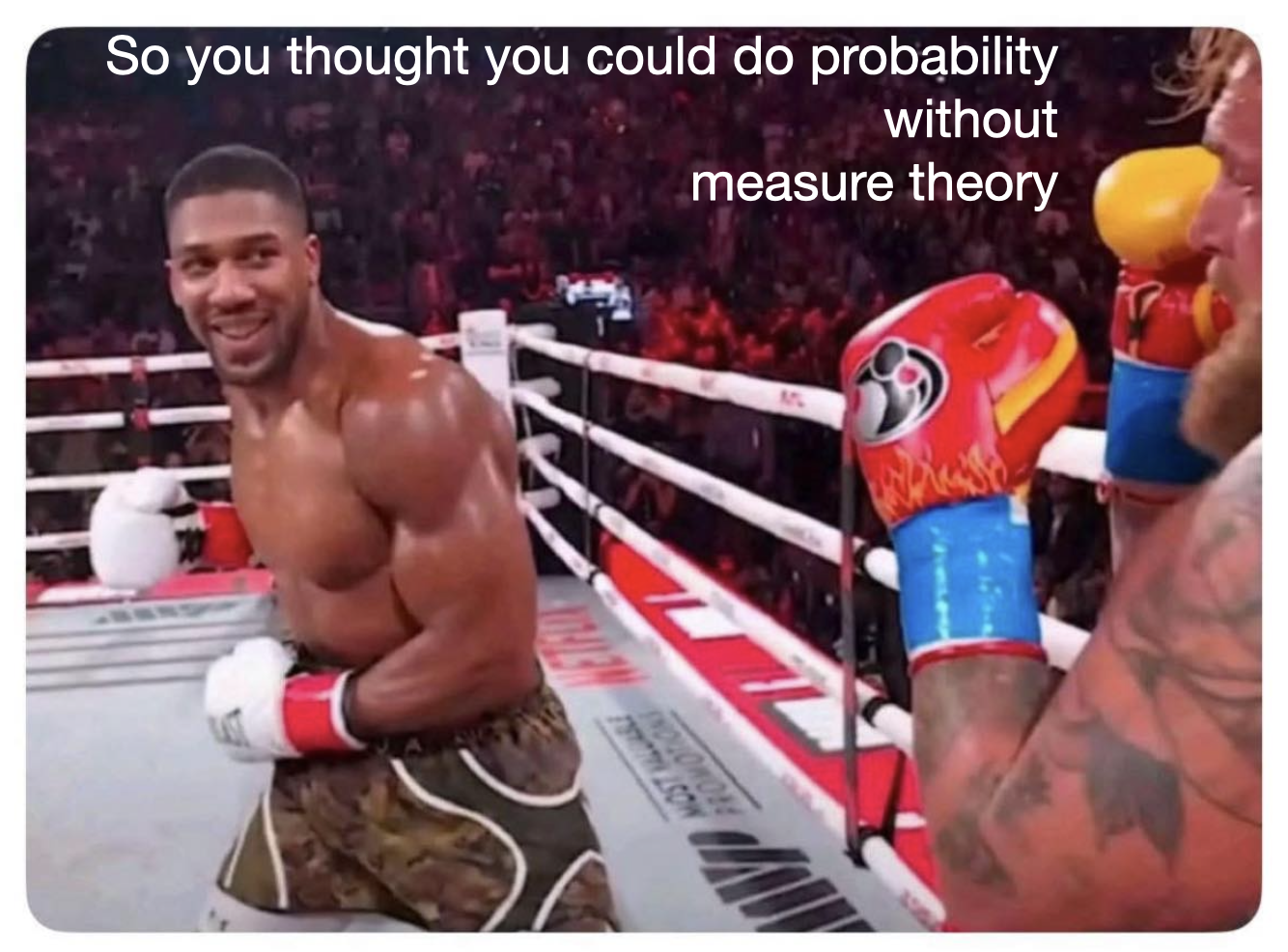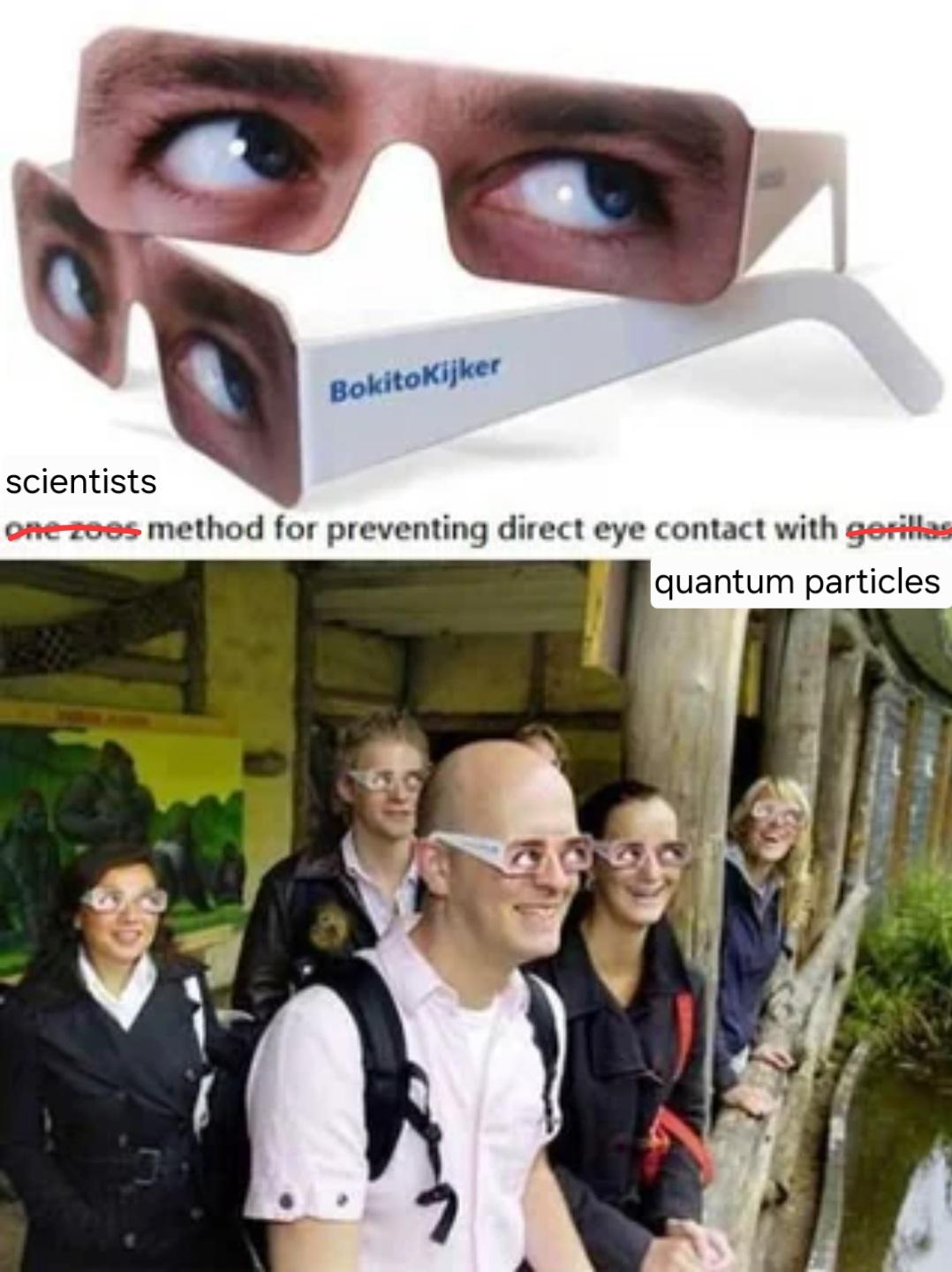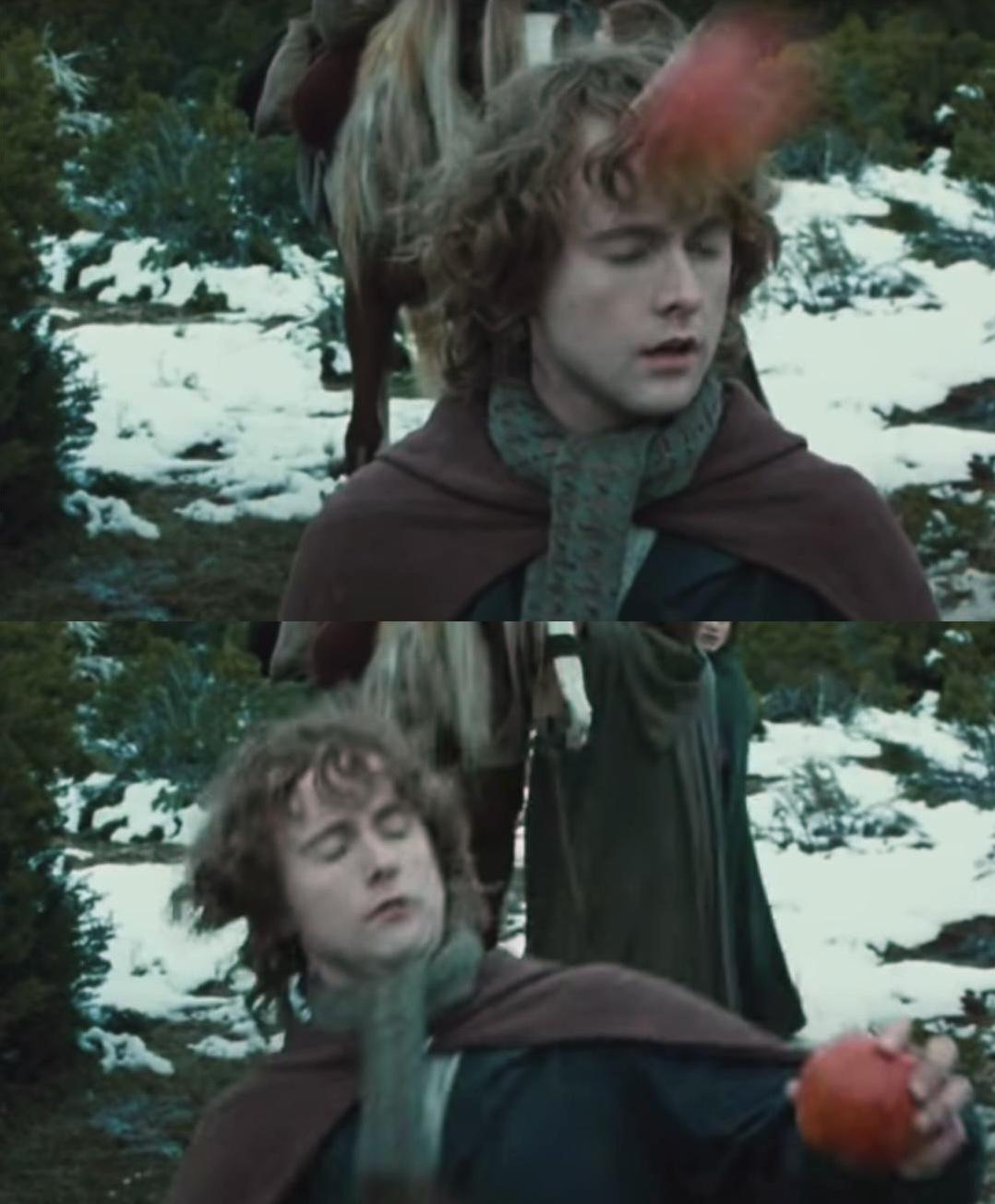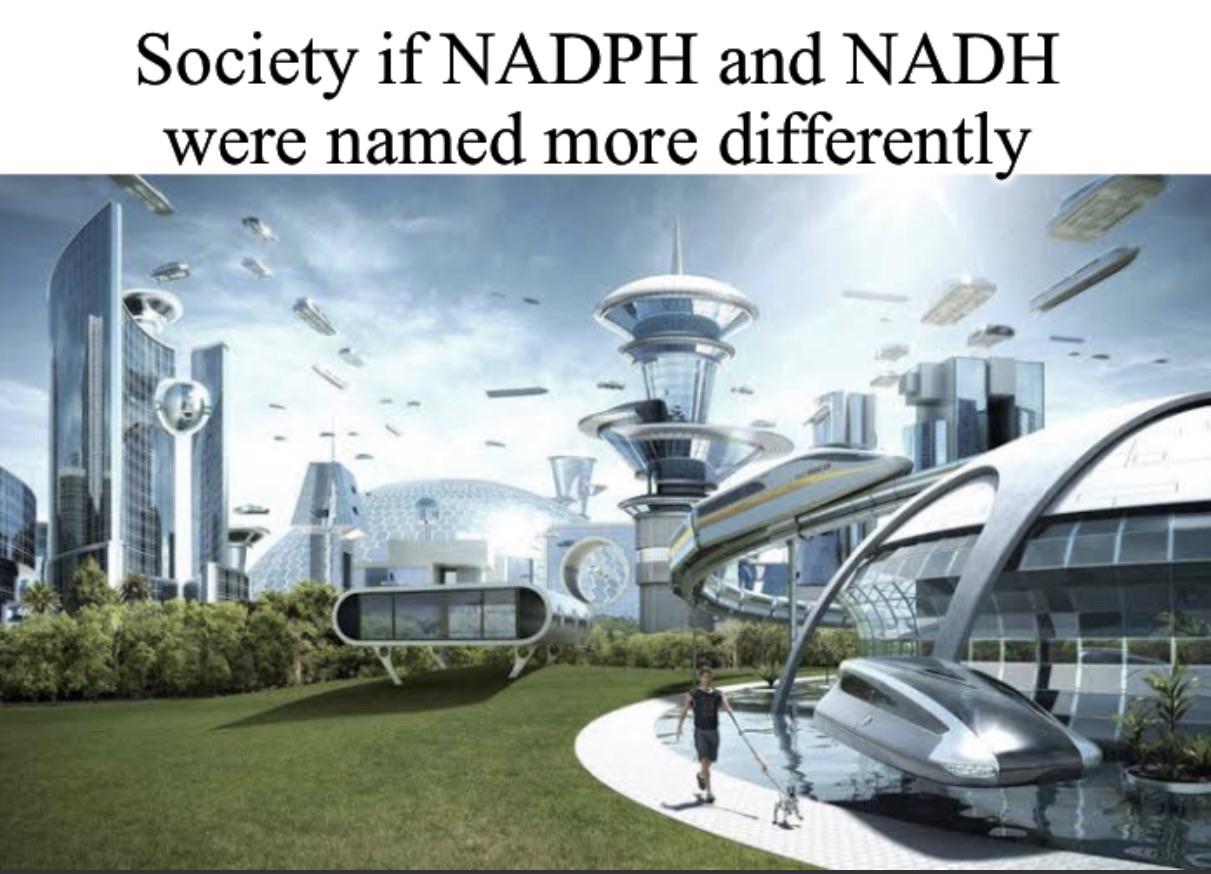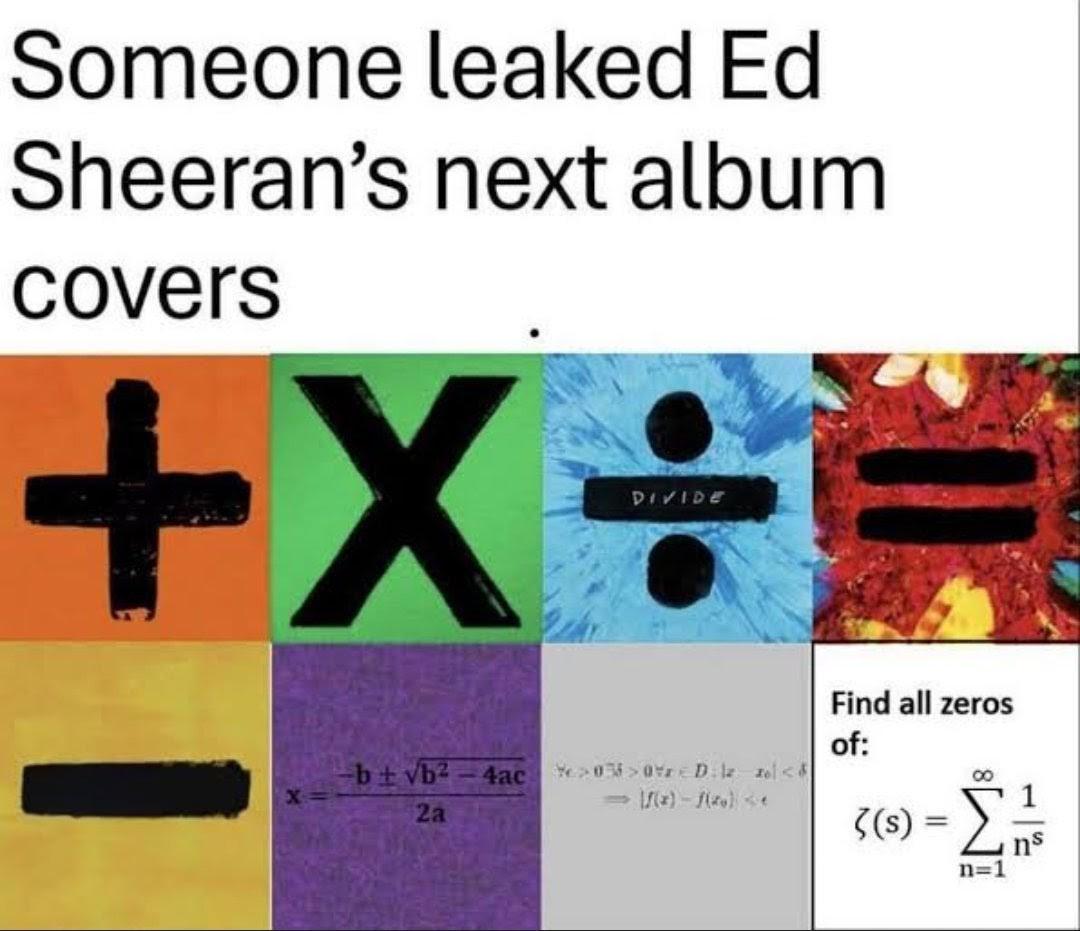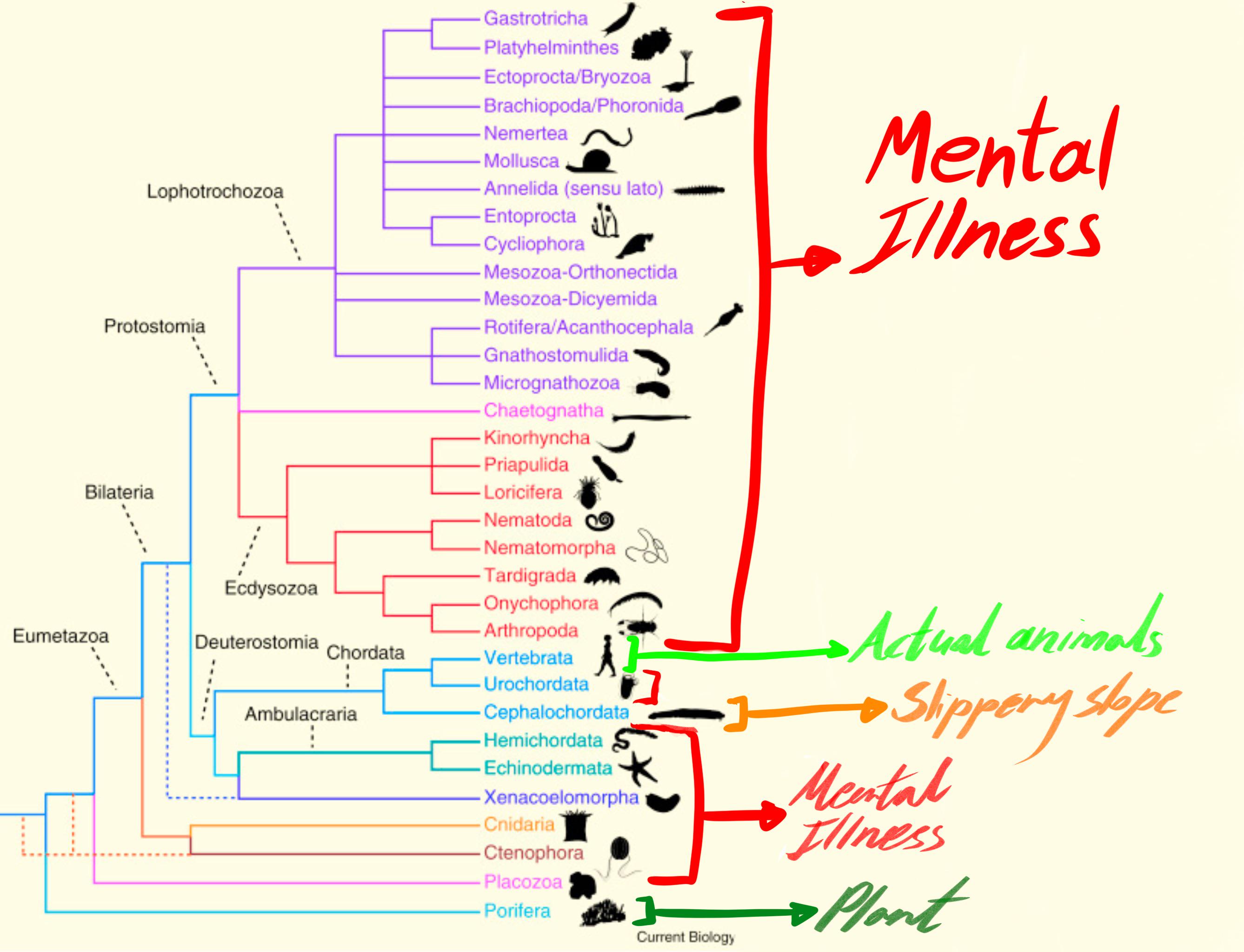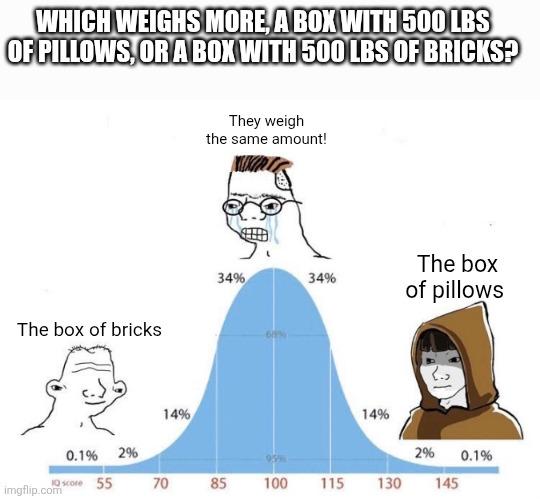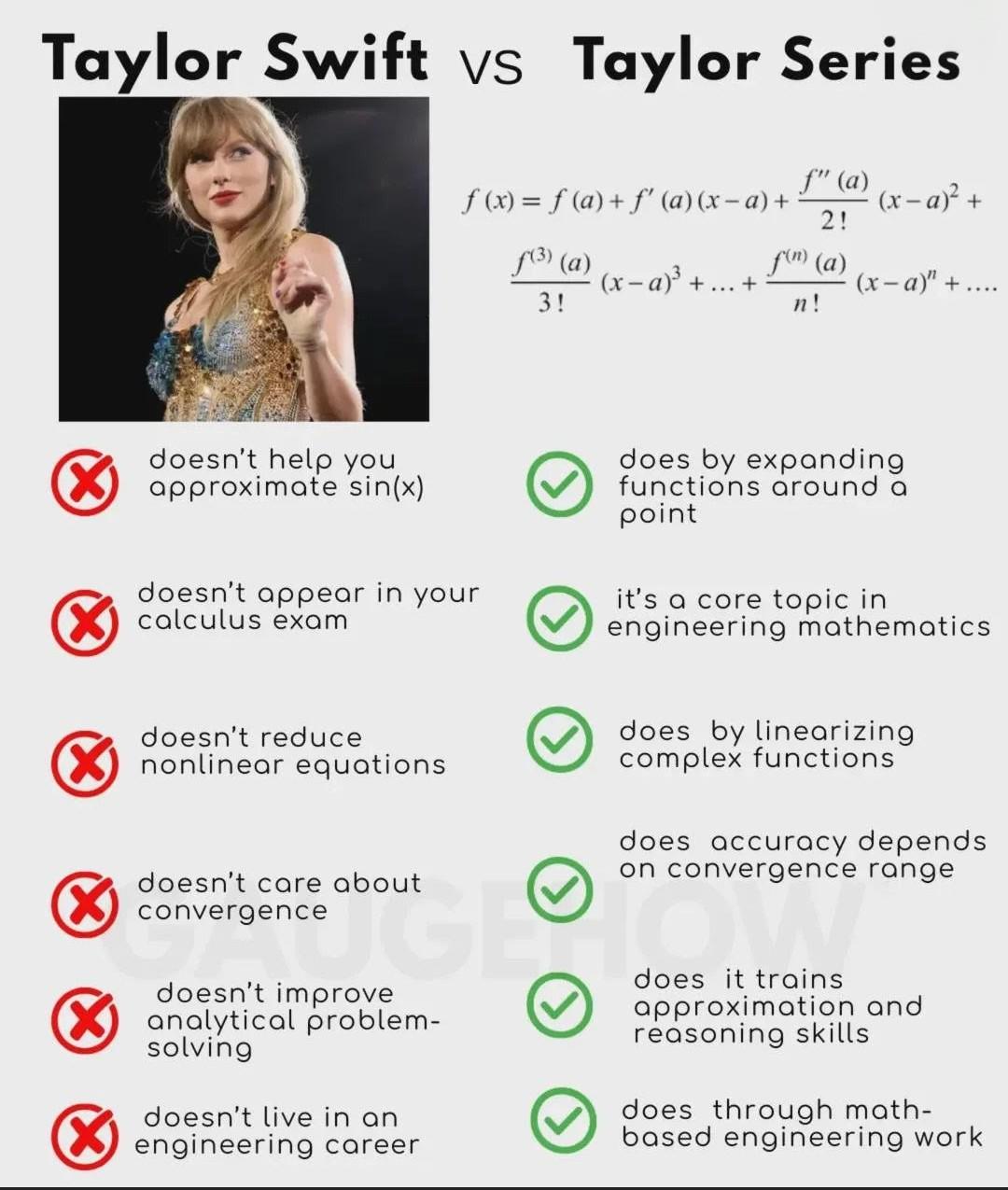HTTP 418: I'm a teapot
The server identifies as a teapot now and is on a tea break, brb
HTTP 418: I'm a teapot
The server identifies as a teapot now and is on a tea break, brb
Science Memes
Science: where "I don't know" is a perfectly acceptable answer as long as you follow it with "but let's design an experiment to find out." These memes celebrate the systematic process of being wrong with increasing precision until you're accidentally right. If you've ever excitedly explained your field to someone at a dinner party until you realized their eyes glazed over ten minutes ago, gotten inappropriately emotional about scientific misconceptions in movies, or felt the special joy of data that actually supports your hypothesis (finally!), you'll find your empirical evidence enthusiasts here. From the frustration of peer review to the satisfaction of a perfectly controlled experiment, ScienceHumor.io's science collection captures the beautiful chaos of trying to understand a universe that seems determined to keep its secrets.

 Academia
Academia
 Ai
Ai
 Astronomy
Astronomy
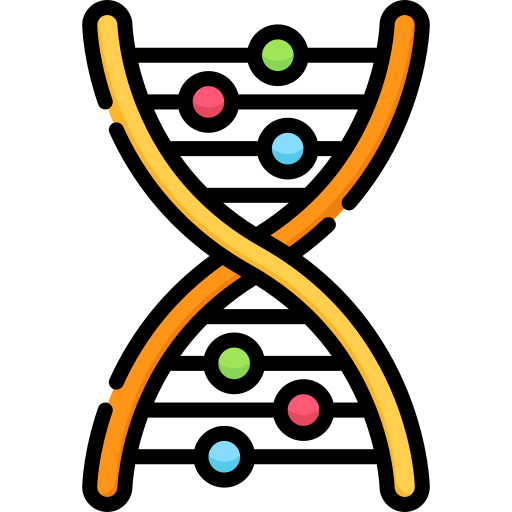 Biology
Biology
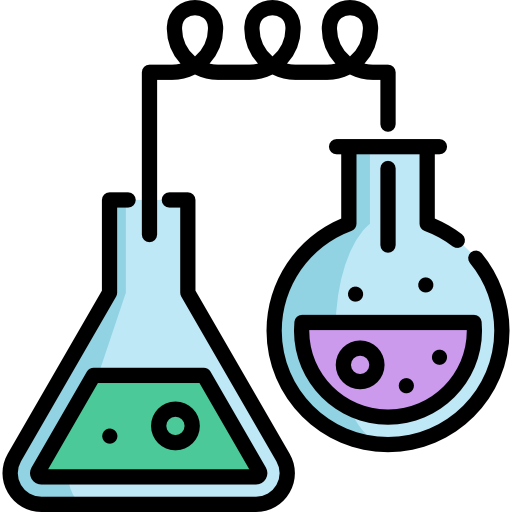 Chemistry
Chemistry
 Climate
Climate
 Conspiracy
Conspiracy
 Earth-science
Earth-science
 Engineering
Engineering
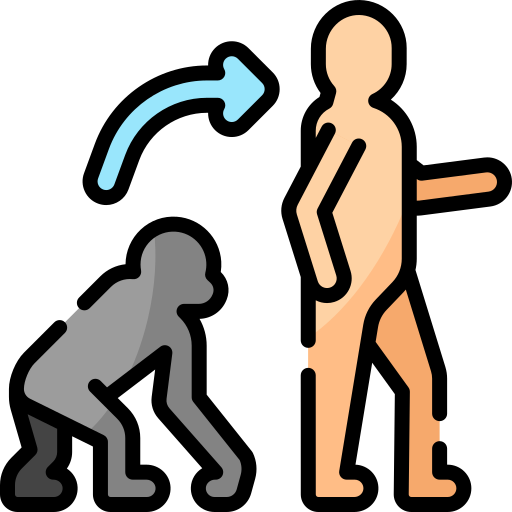 Evolution
Evolution
 Geology
Geology
